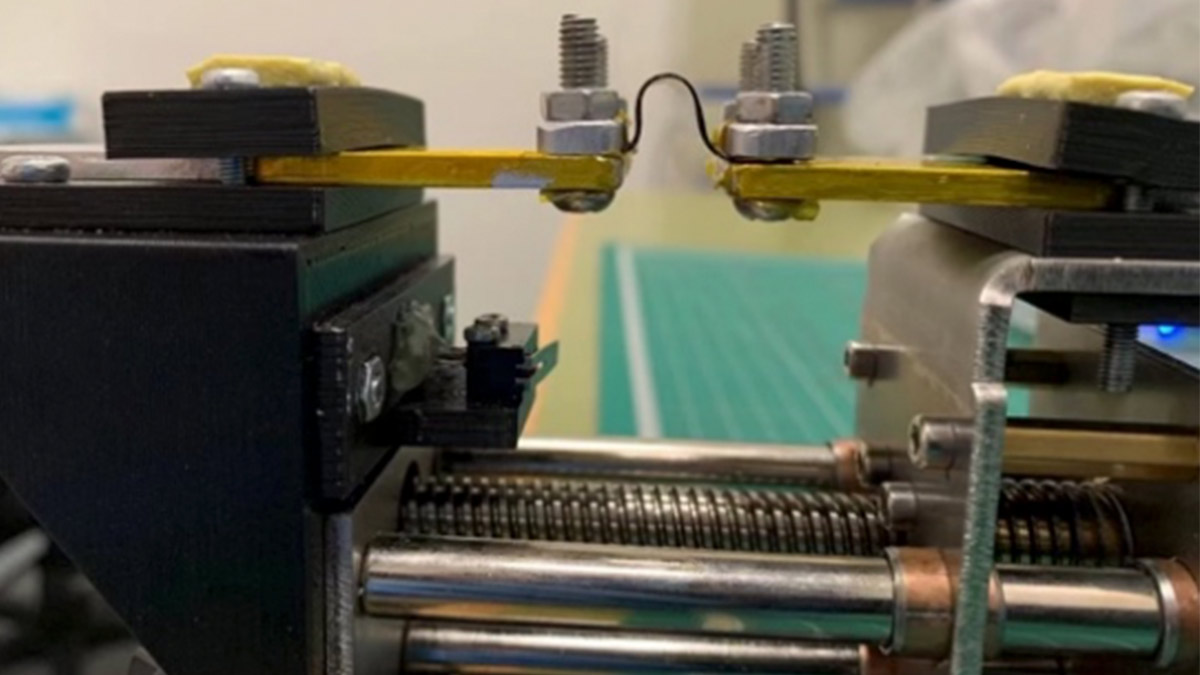Strategic Elements achieves new milestone as testing continues for its self-charging battery technology

Strategic Elements (ASX:SOR) is excited about the potential of its self-charge battery technology, where its leading research team continues to break new ground in product development. Image: Getty
Innovation Company Strategic Elements (ASX:SOR) is excited about the potential of its self-charge battery technology, where its leading research team continues to break new ground in product development.
The company announced results today from a rigorous round of R&D testing, where its battery ink technology was fabricated onto textile cloth and bent more than 2,000 times.
Along with its research team at the University of New South Wales, SOR is developing an improved solution for battery technology used in small devices such as wearable electronics.
Current battery production techniques (such as lithium) are “rigid and bulky, and are not suitable for flexible electronics or in very small and thin devices”, SOR said.
Instead, the company’s battery ink technology has shown the potential to provide a reliable and flexible battery product that’s more capable of bending with human movement.
Rigorous testing
Within the market of wearable electronics, excessive bending is one of the main causes of crack which can lead to the early malfunction of devices.
In the latest round of testing, the UNSW research team put the fabricated battery ink technology through more than 2,000 bending cycles, to test its resistance.
Upon conclusion of testing, the battery ink layer on the textile device was inspected where “no visible cracks were present”, SOR said.
Voltage output was also tested for two hours prior to bending and for two hours afterwards.
Encouragingly, the team recorded “minimal change in voltage occurring over the comparative periods”.
The testing process was carried out by attaching the piece of battery ink textile to two platforms, with a mobile platform moving towards the fixed platform for a pre-specified distance to complete the cycle.
At a bending rate of 10 millimetres per second, the research team ran the platforms through more than 2,000 bending cycles to simulate a bending radius of 5.85mm.
Battery innovation
The success of the initial testing results shows the battery ink technology has “a very small bending radius, and is a potential power source for current and future flexible electronics”, SOR said.
It marks an exciting development in an addressable market which is expected to climb to $US40bn over the next 10 years.
SOR’s battery ink technology also has the capacity to generate power from humidity in the air, which meets a current gap in the market for wearable electronics that are self-chargeable.
Looking ahead, the SOR research team is now working on the development of battery ink cells that are up to four times smaller.
It forms part of the company’s exploration of potential market opportunities for the technology, as smaller batteries (all connected) can generate more power from the same amount of space as one larger battery.
For investors looking forward to the next update on SOR’s market leading battery ink research program, the company said details will be released when “the outcome of the battery size reduction development program has been received and assessed”.
This article was developed in collaboration with Strategic Elements, a Stockhead advertiser at the time of publishing.
This article does not constitute financial product advice. You should consider obtaining independent advice before making any financial decisions.
Related Topics
UNLOCK INSIGHTS
Discover the untold stories of emerging ASX stocks.
Daily news and expert analysis, it's free to subscribe.
By proceeding, you confirm you understand that we handle personal information in accordance with our Privacy Policy.








